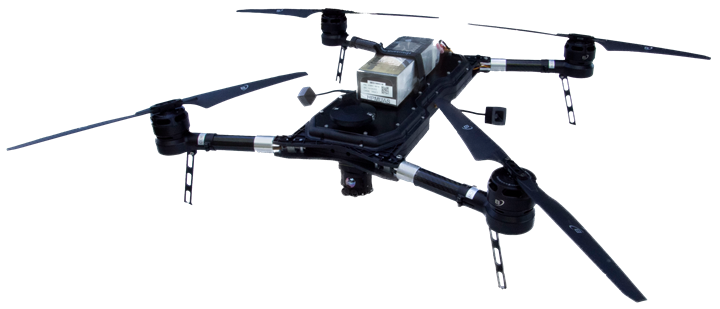
Drones and Injection Molding Ready for Takeoff
A confluence of the broader trends of lightweighting, reshoring and automation that seem to be impacting so many different sectors are combining in the unmanned aerial vehicle (UAV) space in a manner that could pose huge potential for injection molders. Last week, I had the opportunity to participate in a panel discussion at the Xponential 2023 show in Denver. Co-hosted by AUVSI (Assn. for Uncrewed Vehicles International) and Messe Düsseldorf North America, the event promises to help attendees “design the plan for an autonomous future.”
As UAVs seek to take on an array of new tasks from last-mile delivery and air taxis to wildfire management and policing, they’re approaching broader acceptance and point to a ubiquitous presence in our not-so-distant future. If those and other markets continue to grow, the build volumes for these vehicles will soon favor the economics of plastics injection molding over current production methods and materials.
At Xponential, the panel discussed just that, with Blue Halo, a maker of UAVs and unmanned aircraft systems (UAS), swapping out a machined aluminum chassis for its newest craft, which has civilian and military uses, for an injection molded one. The switch provided the benefits familiar to most when it comes to metal-to-plastics conversions: lighter weight, parts consolidation, easier assembly, with some additional bonuses include the ability to be coated and offer greater chemical and heat resistance (to wit: I was shown video of a laser trying and failing to impact the molded chassis).
Lowering the weight of these vehicles allows them to either carry more of a load, which could take the shape of more gadgetry, i.e. sensors, cameras, etc., or actual load if they’re doing civilian or military deliveries. Shedding weight also means they can fly further or faster. Often times lowering the craft’s mass leads to a combo of those two: slightly longer/faster trips with slightly higher cargo.
Automation and Reshoring Angles
Just as robots and automation in the plastics manufacturing space are often tasked with relieving humans from dirty, dangerous or repetitive tasks, UAVs can let people avoid dangerous or monotonous jobs like surveilling battlefield enemies, mapping out forest fires or shuttling other humans around.
On the reshoring front, the world’s largest maker of drones, China-based DJI (Da-Jiang Innovations), has been facing increasing regulatory pressure from states and the U.S. government, including outright bans of their sale. These moves, including the proposed Increasing Competitive for American Drones Act, introduced this year in the U.S. Senate, would open the market up to U.S. makers of UAVs.
Injection molders may only need to look skyward for their newest market opportunity.

BlueHalo’s Intense Eye is a 750-mm class 4 rotor Vertical Take Off and Landing (VTOL) UAS with commercial and military possibilities.
Photo Credit: Alpine Advanced Materials

Leave a Reply